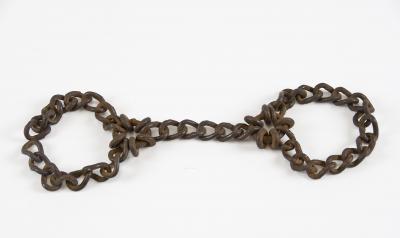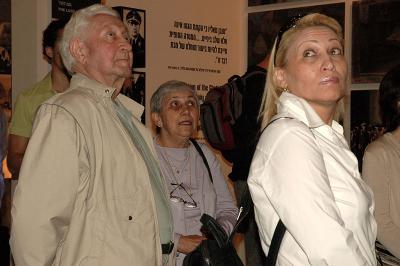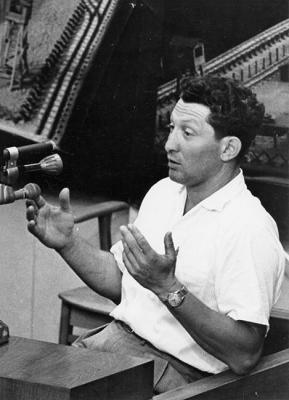
Shimon Srebernik giving testimony at the Eichmann trial, demonstrating the length of his leg irons with his hands, 1961
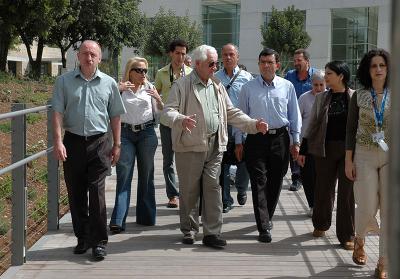
Shimon Srebernik with family members before the opening of the Holocaust History Museum at Yad Vashem, March 2005
Sunday to Thursday: 09:00-17:00
Fridays and Holiday eves: 09:00-14:00
Yad Vashem is closed on Saturdays and all Jewish Holidays.
Entrance to the Holocaust History Museum is not permitted for children under the age of 10. Babies in strollers or carriers will not be permitted to enter.

Shimon Srebernik giving testimony at the Eichmann trial, demonstrating the length of his leg irons with his hands, 1961

Shimon Srebernik with family members before the opening of the Holocaust History Museum at Yad Vashem, March 2005
Shimon Srebernik was born in 1930 in Lodz, Poland to David and Leah Srebernik. Following the Nazi occupation Shimon and his family were incarcerated in the ghetto. In 1943, Shimon and his father were snatched from the streets of the ghetto as they made their way to the synagogue. His father resisted and was shot on the spot. Shimon managed to escape, but was deported to the Chelmno death camp a few months later.
Upon arrival, the prisoners had their feet manacled and they were sent to work clearing the ruins of the fort there. Those who arrived on later transports were murdered on arrival in gas vans. Most of the prisoners who arrived with Shimon were murdered after a few days and replaced by others. Shimon managed to avoid being selected, surviving partly thanks to an SS man, Walter Bornmeister, who took a liking to him and protected him.
Shimon worked under this SS man’s supervision removing gold teeth from the murdered victims and sorting through their belongings. One day, when going through the victims’ personal effects, he found photos of his own family and understood that his mother too had arrived at Chelmno and was no longer among the living.
As the Red Army drew closer, the Germans decided to destroy the camp and dispose of any evidence of their crimes. Only a few days before the area fell into Soviet hands, all the prisoners were murdered with gunshots to their necks. Shimon was also shot and wounded but he did not die. In the chaos that ensued, he managed to remove the shackles from one leg and escape to a nearby village where he hid in a pigsty.
Having noticed that a prisoner had escaped, the Germans went in search of him, promising a cash reward for anyone who turned him in. The wounded Shimon approached one of the farmers he knew, but he was afraid to harbor Shimon and reported his appearance to the head of the village. Fearing the approaching Soviet troops, the head of the village ordered him not to turn in the fugitive. Shimon hid until the Red Army arrived, and survived.
In 1948 he immigrated to Israel with his wife Chava and they made their home in Nes Ziona.
In 1978, Shimon returned to Chelmno for the filming of Claude Lanzman’s film “Shoah”. Revisiting the place he had hidden, the farmer returned the leg irons to him. Shimon gave testimony at the Eichmann trial and at the trials of the commanders of the Chelmno camp. He donated the leg irons to Yad Vashem for display in the new Holocaust History Museum which opened in 2005.
Yad Vashem Artifacts Collection, Gift of Shimon Srebernik, Nes Ziona, Israel

Thank you for registering to receive information from Yad Vashem.
You will receive periodic updates regarding recent events, publications and new initiatives.
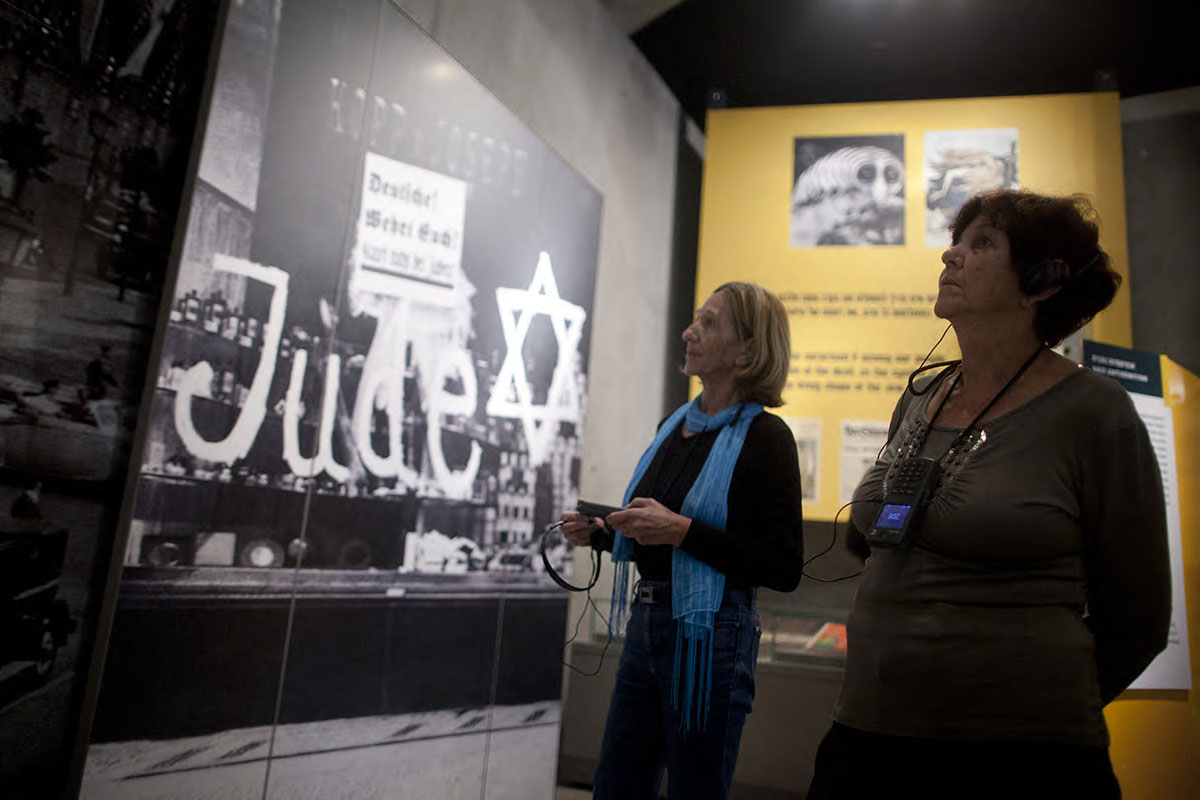
"The work of Yad Vashem is critical and necessary to remind the world of the consequences of hate"
Paul Daly
#GivingTuesday
Donate to Educate Against Hate
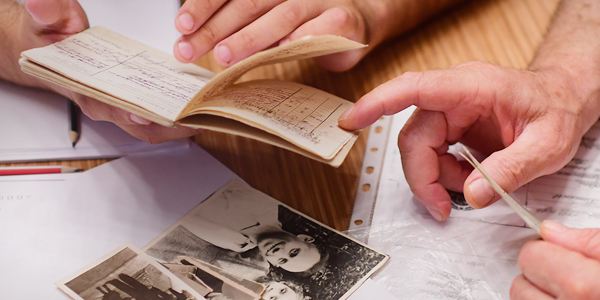

Worldwide antisemitism is on the rise.
At Yad Vashem, we strive to make the world a better place by combating antisemitism through teacher training, international lectures and workshops and online courses.
We need you to partner with us in this vital mission to #EducateAgainstHate
The good news:
The Yad Vashem website had recently undergone a major upgrade!
The less good news:
The page you are looking for has apparently been moved.
We are therefore redirecting you to what we hope will be a useful landing page.
For any questions/clarifications/problems, please contact: webmaster@yadvashem.org.il
Press the X button to continue




